Reptile House at Dubai Safari Park
Time for the ultimate thrill
Aren’t you curious about reptiles? Do you also have this wish to look at them closely and notice little things about them? If the answer is yes, then you must visit this Reptile House at Dubai Safari Park. So, today in this article we will discuss the things that you can expect from this marvelous Dubai tourist attraction. This is a part of the Arabian Village zone here.
You will discover at least 50 species of these creatures, ranging from snakes, turtles, lizards, and tortoises. This place is one of the greatest attraction points for Dubai tourists, visit this place with your families and friends and create a bunch of memorable, exciting experiences.
Things to know about the Reptile house at Dubai Safari Park
Trip to the Reptile House in Dubai is a must-go place for people who love these creatures and are curious about them. In this special area, there are over 50 different types namely snakes, tortoises, turtles, lizards, and much more. By visiting this place, you’ll surely learn about all the fascinating lives of these creatures closely. Their friendly guides will be there to answer all your questions related to different habitats, or anything you might want to know of. Look out for some of the standout residents, like the large Burmese Python and the powerful Red-Tailed Boa. You might also find the cleverly camouflaged Green Iguana or the color-changing Veiled Chameleon. If you enjoy a slower pace, you’ll love watching the popular Leopard Tortoise as well.

List of Native Animals in Reptile House
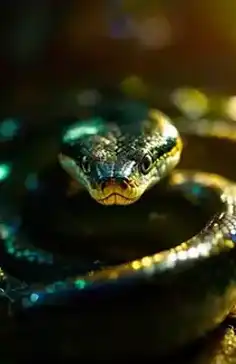
Central Carpet Python
The Centralian Carpet Python is a type of python that is native to Australia. You can also see this snake at Safari Park Dubai. Here, visitors have the chance to observe and learn about these pythons up close in a safe and educational environment.
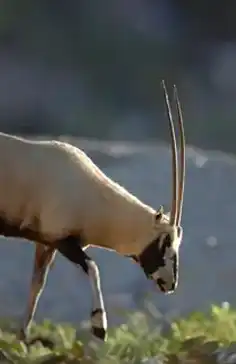
Arabian Oryx
The Arabian Oryx represents the region's natural heritage and conservation efforts. This medium-sized antelope lives in the deserts and dry areas of the Arabian Peninsula. They are well adapted to the tough desert climate and can go for long periods without water.
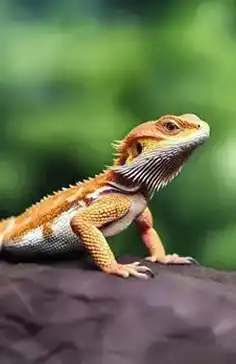
Central Bearded Dragon
The Central Bearded Dragon is a lizard from central Australia, known for being friendly and curious. Here, you can see them up close in a setting that resembles their natural habitat. You can also join in on feeding activities, which provides a great way to learn more about these fascinating creatures.
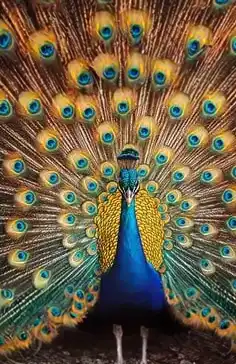
Peacock Monitor
The Peacock Monitor, or Papuan Monitor, is a lizard that comes from Papua New Guinea. You can see this lizard here, which features a display that mimics its natural habitat. Visitors can observe and learn about these incredible lizards in an environment that resembles their wild home.
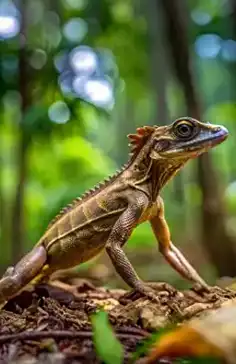
Brown Basilisk
The Brown Basilisk, commonly known as the Jesus Christ Lizard, is native to Central and South America. These lizards are popular attractions for visitors. In this place, you can see these fascinating creatures up close and learn about their natural habitats and special features.
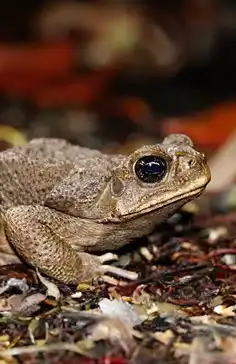
Arabian Toad
The Gulf Toad, also known as the Arabian Toad, is native to the Arabian Peninsula, including the United Arab Emirates. When you visit the place, you can learn about the special traits these toads have developed and their role in the local ecosystem. You’ll also find out how endangered they are, as they are classified as a threatened species. Get the tickets to DSP online to avoid long queues.
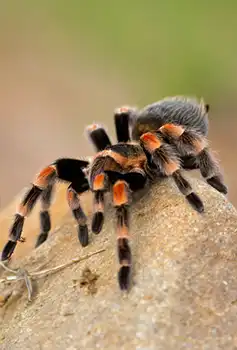
Mexican Flame Knee Tarantula
The Tarantulas are a type of species that can catch their prey just by using their strong powerful jaws to hold them. After this, they release digestive juices which turn the body of their prey into liquid. Hence, in simpler terms, these Tarantula have these special features which help them to thrive in this natural environment. There are other places like this as well such as Asian Village at this tourist attraction, if you have time during your tour, do plan a visit to this place.

Mexican Red Rump Tarantula
This Mexican Red Rump is a spider that is usually found in Mexico City and is also a popular pet. At DSP, people will be able to see these spiders stored in cages and also learn about their history, behavior, and role in nature. You can also visit the African zone to learn more about this.
Frequently Asked Questions
-
In Reptile House of Dubai Explorer Village, the place showcases more than 50 such species, varying from snakes, lizards, turtles, and many more. You can look at creatures such as Red-Tailed Boa, camouflaged Green iguanas, Veiled Chameleon, and Leopard Tortoise, you will find all of these animals in this one fascinating place.
-
The timings are 9:00 Am to 5:00 pm daily. This place also consists of the Park entrance ticket, which costs around AED 50 for adults and AED 20 for children. Further, you even have the option to purchase tickets for this journey. The price of this ticket is AED 85 for adults and for children, it is AED 30.
-
Booking tickets for this place is quite easy or convenient using an online mode. One can also purchase the tickets from the entrance, but we recommend you go online to avoid queues and ensure ticket availability.
-
Yes, visitors can click pictures at the Reptile House at Dubai Safari Park, but you must do all of these things under the directed guidelines. Also, keep in mind that your flashes or loud noises of mobile should not hurt these creature there or the other guests near you. Further, you should remember to not touch any of the creatures without asking for permission from the staff there.
-
The place offers a bunch of good experiences and tourist attraction points for all ages and interests. Here you can explore different habitats of these creatures or animals walking freely, such as lions, tigers, giraffes, elephants, zebras, and much more. Guests even have the opportunity to enjoy shows like the Sea Lion Show, elephant Show, and the Bird Show.
